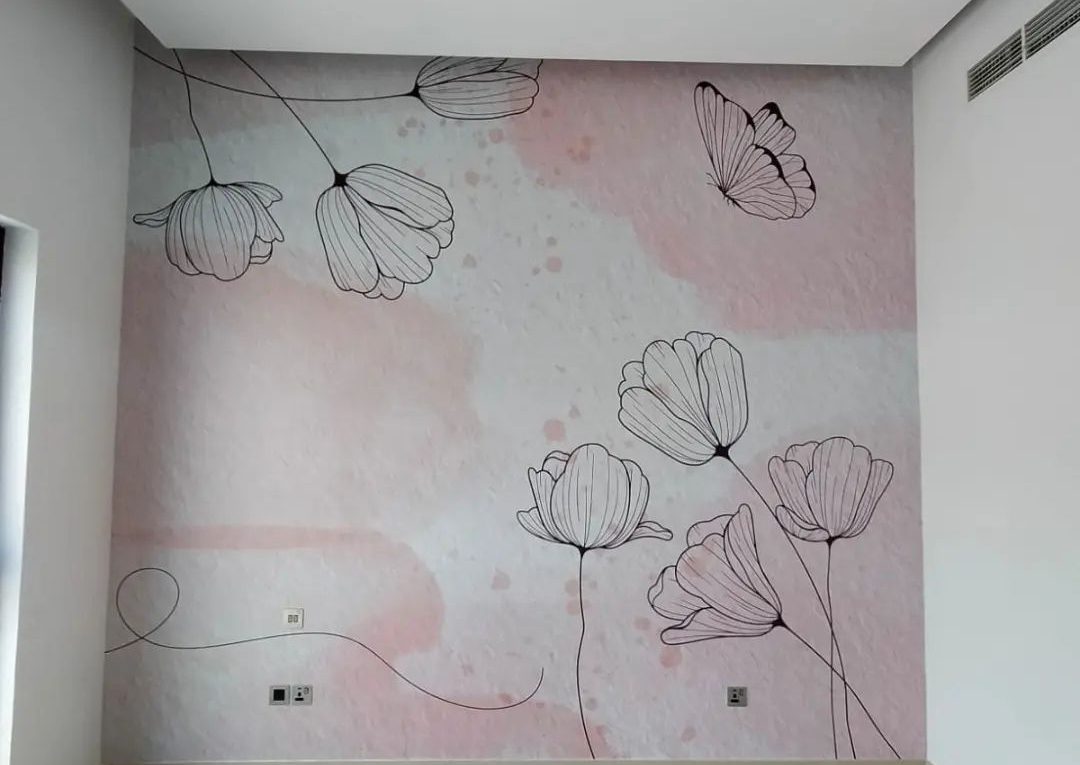How To Match Wallpaper Patterns For A Stylish Wall
Matching wallpaper patterns can create a cohesive and stylish look for your walls, improving the overall aesthetic of a room. Whether you’re using wallpaper for wall or covering an entire room, here are some tips to help you achieve a harmonious and visually appealing result:
Consider the room’s design theme:
Start by considering the design theme and ambiance you want to achieve in the room. Are you aiming for a modern, traditional, eclectic, or minimalist style? The wallpaper patterns should complement the existing decor and furnishings while adding visual interest. For example, in a contemporary setting, geometric patterns or abstract designs might work well, while floral or damask patterns are more suited to traditional or classic interiors.
Choose a dominant pattern:
When selecting wallpaper patterns, choose one dominant pattern that will act as the focal point of the room. This could be a large-scale motif or a bold geometric design. The dominant pattern sets the tone for the space and influences the overall look and feel. Ensure that this pattern aligns with your style preferences and complements other elements in the room.
Coordinate colors and scales:
Coordinate colors and scales of wallpaper patterns to create a cohesive and balanced look. If you’re using multiple patterns in the same room, ensure they share similar color tones or hues to tie the design together. For example, pairing a large floral print with a smaller-scale geometric pattern in coordinating colors can create visual interest without overwhelming the space. Consider using a color palette that includes contrasting or complementary colors to add depth and dimension to the walls.
Mix patterns thoughtfully:
Mixing patterns requires careful consideration to avoid a chaotic or overwhelming effect. Aim for a mix of scales and styles—combine a large-scale pattern with a smaller, more subtle pattern to create balance. Alternatively, pair patterns that share a common color or motif to create cohesion. For instance, pairing striped wallpaper with floral wallpaper where both feature similar colors can create a harmonious and stylish effect.
Create visual flow:
Maintain visual flow throughout the room by strategically placing wallpaper patterns. Consider the room’s layout and focal points such as windows, doors, and architectural features. Use wallpaper patterns to highlight or frame these elements while ensuring continuity and balance. Avoid abrupt transitions between different wallpaper patterns by using borders, moldings, or architectural details to create smooth transitions.
